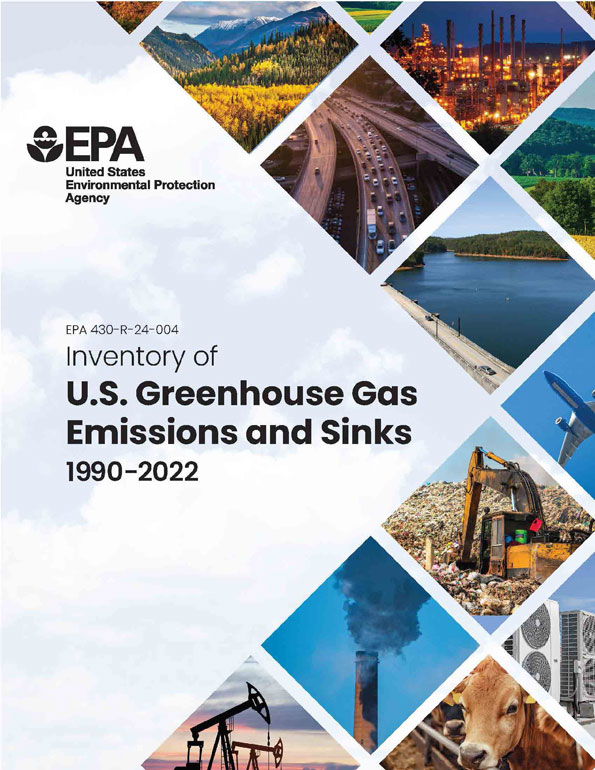The U.S. cement industry–already one of the most heavily regulated in the country–is currently facing no fewer than seven different existing or proposed EPA regulatory standards that, cumulatively, will severely hamper the industry and the economy for minimal environmental benefit. A study, released by the Portland Cement Association (PCA), examines the cumulative impact of these regulations on the U.S. cement, concrete and construction industries–particularly their potential impact on employment, construction costs and the environment.
“We are not shying away from environmental regulations. We take our environmental stewardship seriously and have a long history of investing in continuous improvements that are win-win for both environment and economy,” Aris Papadopoulos, CEO of Titan America and chair of PCA, said. “However, federal regulators have issued a barrage of standards that are completely disconnected from both tangible environmental benefits and economic realities.”
The study found one regulation alone–the National Emission Standards for Hazardous Pollutants–will force the industry to shut down 18 plants and source cement from other countries, thereby exporting cement jobs and importing cement from countries with lower emissions standards. As many as 4,000 direct cement industry jobs could be lost.
“EPA is now imposing emission levels 5 to 12 times stricter than Europe. Such excessive regulation will shift production, investment, and jobs offshore to countries like China. Already the world’s largest cement producer, China’s standards have a long way to go before they catch-up to what the U.S. has, even before these recent EPA regulations. In the end, we don’t even improve air quality in the United States, as their emissions will eventually reach us,” added Papadopoulos.
According to Brian McCarthy, PCA president and CEO, the plant closures will hit areas that can least afford an economic downturn. “Cement plants are often located in rural areas where the plant is the tax base of the community. Not only does the community lose jobs, but also a strong contributor of tax revenue and supporter of local schools, charities, and activities is abolished when a cement plant closes.”
Cost increases in the manufacture of cement and concrete due to EPA compliance is likely to displace some construction activity. The PCA study estimates a potential direct job loss in the construction sector at 12,000 to 19,000. With up- and downstream indirect impacts considered, more than 80,000 construction jobs are potentially lost due to EPA regulations. Many of these job losses would be concentrated in areas near the plant shutdowns, magnifying the potential distress in these communities.
The country’s largest consumer of cement/concrete is the public sector for infrastructure. PCA calculates that EPA compliance costs could add as much as $1.2 billion to $2 billion annually to state and local governments’ expenditures just to maintain existing roadways and bridges. “Think for a moment what structures are traditionally made with concrete. Our bridges, roads, dams, schools and hospitals will be hit the hardest by construction cost increases at a time when the nation’s deteriorating infrastructure is at unsafe levels,” McCarthy said.
The study also examined the economic impact of these regulations in view of the expected increase in demand for cement. Expected plant shutdowns are likely to lead to a reliance on imports. By 2025, the nation would be importing 56 percent of its cement needs. In 2010, it imported less than 10%. “Dependence on foreign cement follows the road of dependence on foreign energy,” Papadopoulos said. “And with cement more cumbersome to import than oil, shortages and price volatility will become more common. This could hurt the entire construction economy, with impacts on infrastructure, housing, commerce and jobs.”



